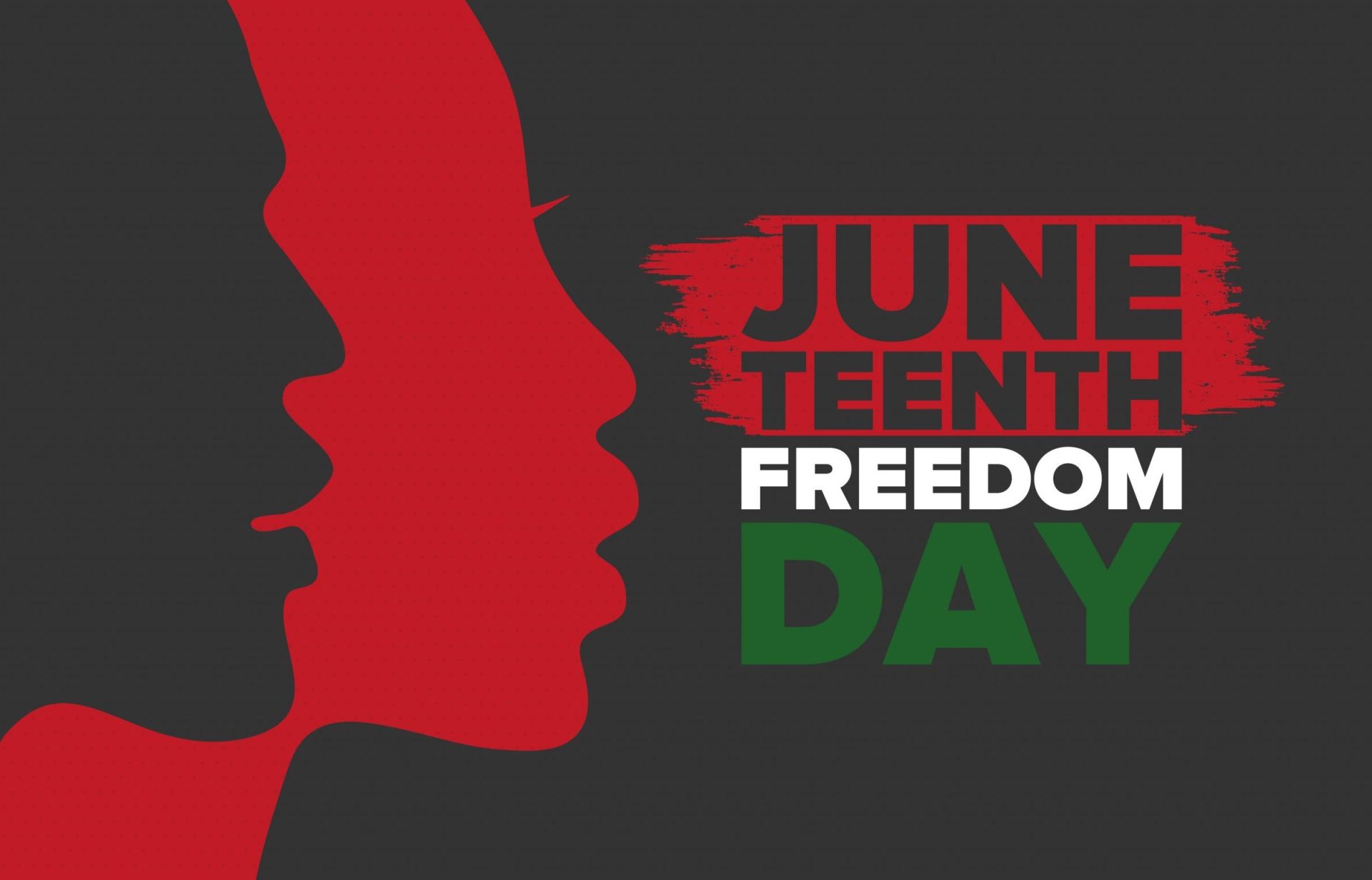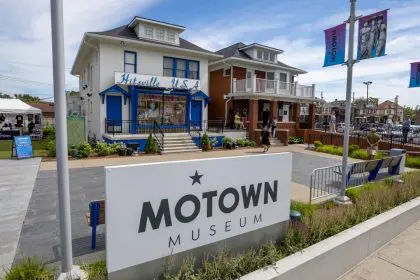The incident
A routine package delivery turned hostile when an Amazon driver faced racism while attempting to follow standard delivery protocols, highlighting ongoing issues of racial prejudice in customer service interactions.
Critical moments
The confrontation began over a missing access code required for package delivery. Despite the driver’s professional attempts to explain company policy, the customer grew increasingly hostile, eventually resorting to racial slurs and threats.
Behind the viral moment
The incident, captured on video and shared widely on social media platforms, represents a growing pattern of confrontations where service workers, particularly people of color, face disproportionate abuse while performing their duties.
The delivery driver maintained remarkable composure throughout the encounter, even as the situation escalated from a simple misunderstanding about delivery procedures to overt racism. His measured response – calmly returning to his vehicle with the undelivered package – demonstrated exceptional professionalism in the face of unwarranted aggression.
The broader context
Such confrontations have become increasingly documented in the era of smartphones and social media, spurring discussions about racial bias in everyday interactions. These incidents often follow a similar pattern: a minor inconvenience escalates rapidly when customer entitlement intersects with racial prejudice.
Delivery drivers, who became essential workers during the pandemic, face challenging working conditions. Beyond weather and logistics, they must navigate complex human interactions while representing their employers. Online shopping has increased these face-to-face encounters, sometimes leading to tension when delivery protocols clash with customer expectations.
Impact on service workers
The psychological toll of such encounters extends beyond individual incidents. Service workers, particularly those from minority communities, report experiencing similar confrontations regularly, though not all are captured on camera or gain viral attention.
Industry experts note that delivery companies have implemented various measures to protect their workers, including GPS tracking, body cameras, and strict protocols for package handling. However, these safeguards cannot entirely shield workers from verbal abuse or racial discrimination.
Research indicates that service workers who experience racial hostility often suffer from increased stress, anxiety, and job dissatisfaction. Many remain silent about these encounters, fearing professional repercussions or dismissal of their experiences.
Corporate response and responsibility
Major delivery companies have strengthened their support systems for workers facing discrimination, implementing reporting mechanisms and providing counseling services. However, critics argue these measures address symptoms rather than the root causes of customer racism.
Companies must balance customer service with worker protection, a challenging task when confrontations arise from misunderstandings about delivery policies. Clear communication about delivery procedures and consequences for abusive behavior could help prevent similar incidents.
Community Impact
These viral incidents affect more than just the individuals involved. They spark conversations about privilege, racism, and accountability in everyday interactions. Communities grapple with questions about how to address casual racism and protect service workers while maintaining professional standards.
Local advocacy groups have begun organizing support networks for service workers, offering resources and platforms to share experiences. These initiatives aim to build awareness and promote respectful treatment of essential workers.
Moving forward
The incident serves as a reminder that racism persists in everyday interactions, often surfacing during routine transactions. It also demonstrates how technology can document these encounters, bringing wider attention to systemic issues affecting service workers.
Progress requires commitment from multiple stakeholders: companies must strengthen worker protections, customers must examine their biases and behavior, and communities must support those facing discrimination. The goal extends beyond preventing viral incidents to fostering genuine respect for all workers, regardless of their role or background.
Looking ahead
While this incident adds to a growing catalog of similar confrontations, it also provides opportunities for learning and improvement. Companies can refine their protocols, communities can strengthen support systems, and individuals can reflect on their own behaviors and biases.
The delivery driver’s professional response offers a template for handling such situations, though workers shouldn’t face racial hostility in the first place. His composure underscores the dignity of essential workers who continue performing their duties despite facing discrimination.
Interactions between delivery personnel and customers will increase as online shopping continues. Creating systems that protect workers while maintaining efficient service remains crucial. This incident demonstrates why such protections matter and how quickly routine situations can deteriorate without them.
The path forward requires acknowledging these incidents not as isolated events but as symptoms of deeper societal issues requiring sustained attention and action. Only through collective effort can we work toward a future where essential workers receive the respect they deserve, free from racial hostility and discrimination.
















